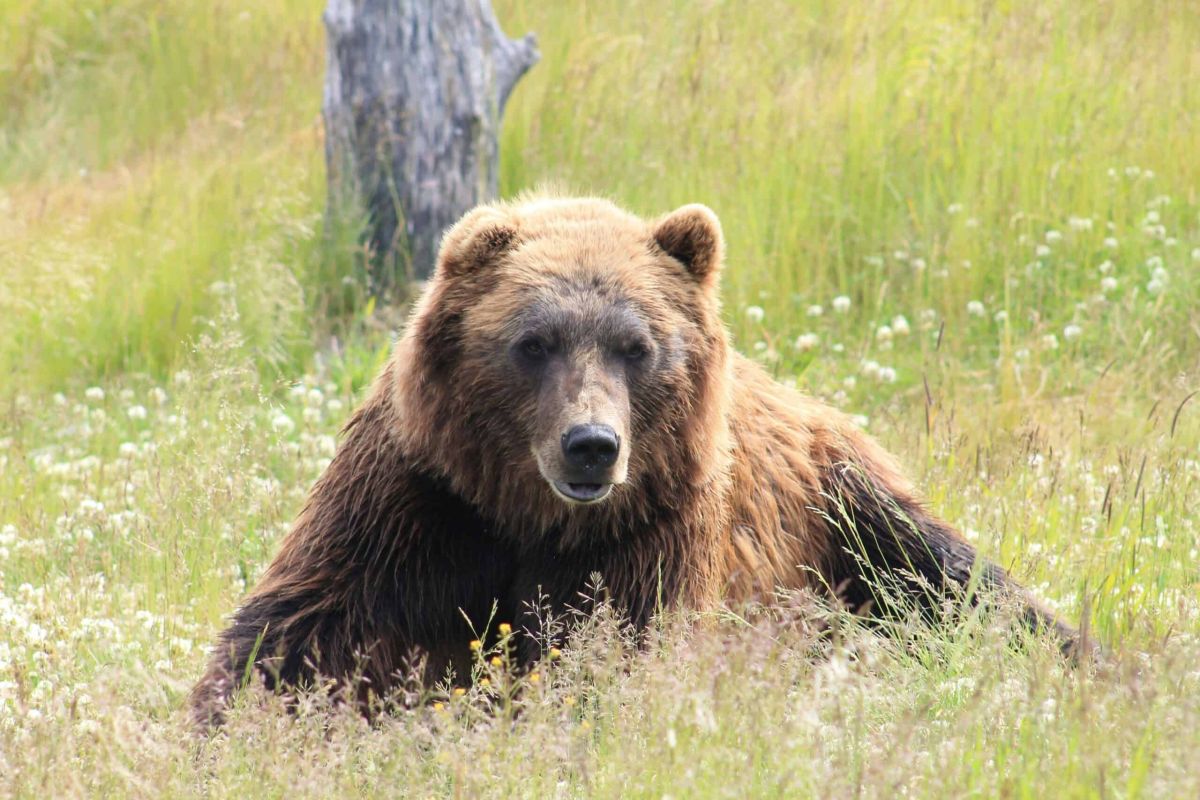The Brown Bear: Nature’s Mighty Predator

Brown bears, known scientifically as Ursus arctos, are one of the most iconic and powerful mammals roaming the earth. These magnificent creatures have captivated the hearts and minds of humans for centuries through their sheer size, intelligence, and adaptability. In this post, we will peer into the fascinating world of brown bears, exploring their habitats, behaviors, diets, and conservation status.
Diversity of Species
The brown bear is a species that can be found across a wide range of habitats and climates, from the forests of North America to the mountainous regions of Europe and Asia. There are several subspecies of brown bears, each adapted to their unique environments. Among them are the grizzly bear (Ursus arctos horribilis), found primarily in North America, and the Kodiak bear (Ursus arctos middendorffi), which is one of the largest bear subspecies, residing in Alaska.
Physical Characteristics
Brown bears are known for their imposing stature, with adult males weighing between 300 to 1,500 pounds, while females are generally smaller. Their distinctive physical traits include a robust body, powerful limbs, a broad head, and a pronounced hump on their shoulders, which consists of muscle used for digging and foraging. Their fur varies in color from light brown to almost black, providing excellent camouflage in their natural habitats.
Diet and Feeding Habits
Brown bears are omnivorous creatures with varied diets that depend heavily on their environment and the season. Their eating habits can change significantly throughout the year, reflecting the seasonal availability of food. In the spring, they primarily consume grasses, buds, and roots, while in the summer and fall, they indulge in high-calorie foods such as berries, fish, and small mammals. One of the most stunning spectacles in nature is the sight of brown bears fishing for salmon during spawning season, showcasing their incredible strength and agility.
As hibernation approaches in the colder months, brown bears work diligently to gain weight, consuming vast amounts of food to prepare for the long winter ahead. Interestingly, while in hibernation, a bear’s metabolism slows down significantly, allowing it to survive on its fat reserves.
Reproduction and Lifespan
Breeding season for brown bears typically occurs in late spring to early summer. After a gestation period of about 6-8 months, females give birth to one to four cubs in a den during winter hibernation. The cubs are born blind and rely heavily on their mothers for warmth, nutrition, and protection during their first year. Cubs stay with their mothers for about 2-3 years, during which they learn essential survival skills and the intricacies of their habitat.
In the wild, brown bears can live up to 20-30 years, although many face threats that can cut their lives short. Understanding their life cycle is crucial for conservation efforts aimed at ensuring their survival for future generations.
Conservation Status and Human Interactions
While brown bears are a symbol of wilderness and strength, their habitats face numerous threats from human activities, including habitat destruction, pollution, and climate change. In many regions, brown bear populations have been significantly reduced due to hunting and encroachment on their habitats. Conservation efforts are essential not only for the protection of these giant mammals but also for the health of the ecosystems they inhabit.
Efforts to protect brown bears often involve implementing wildlife corridors, promoting responsible tourism, and raising awareness about the importance of preserving their natural habitats. Understanding how to coexist with these magnificent creatures is vital for both their survival and the safety of human populations living in proximity to bear habitats.
Conclusion
Brown bears embody the spirit of the wilderness with their strength, beauty, and essential role in the ecosystem. By celebrating and safeguarding these remarkable animals, we honor not only their existence but the broader environmental integrity of the planet. As stewards of nature, it is our responsibility to ensure that future generations can continue to marvel at the grandeur of brown bears in their natural habitats. Whether through conservation efforts or simply appreciating their majestic presence in the wild, there are countless ways we can contribute to their preservation.
Let’s work together to ensure that the brown bear remains a living symbol of the wild places we cherish. Every action counts towards creating a better future for these incredible creatures and the ecosystems they inhabit.



